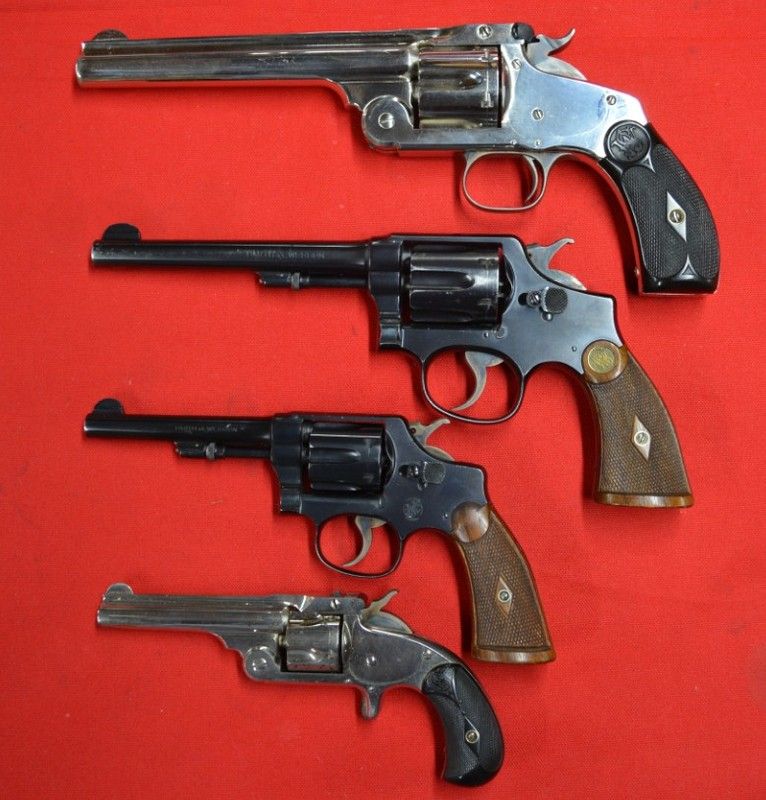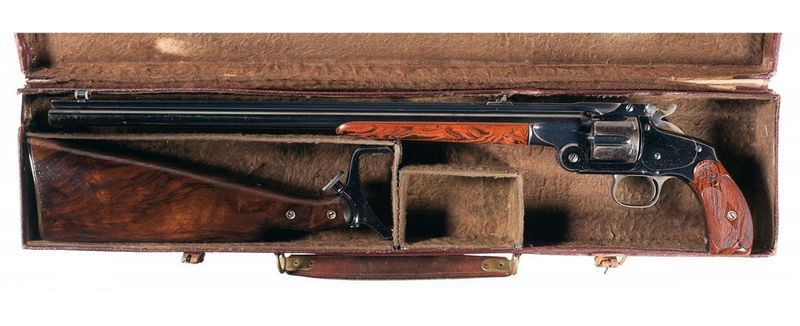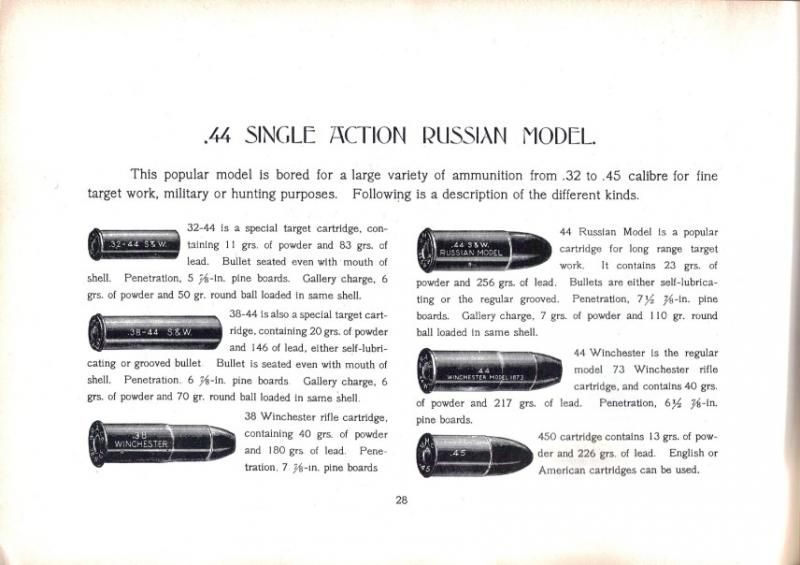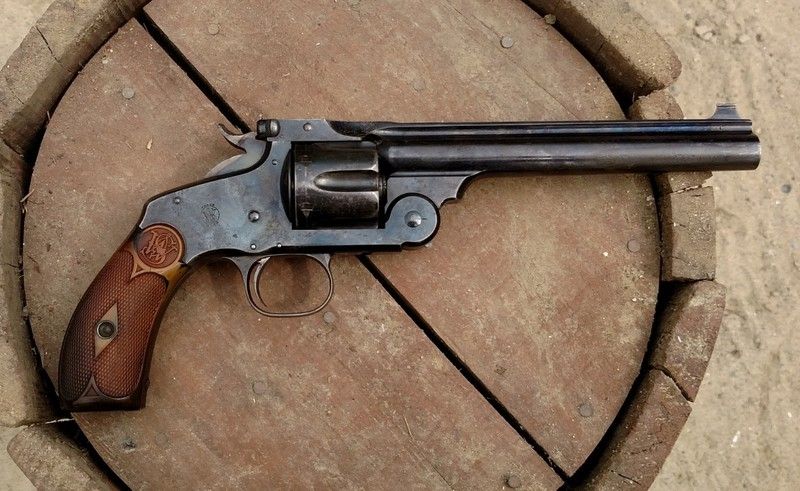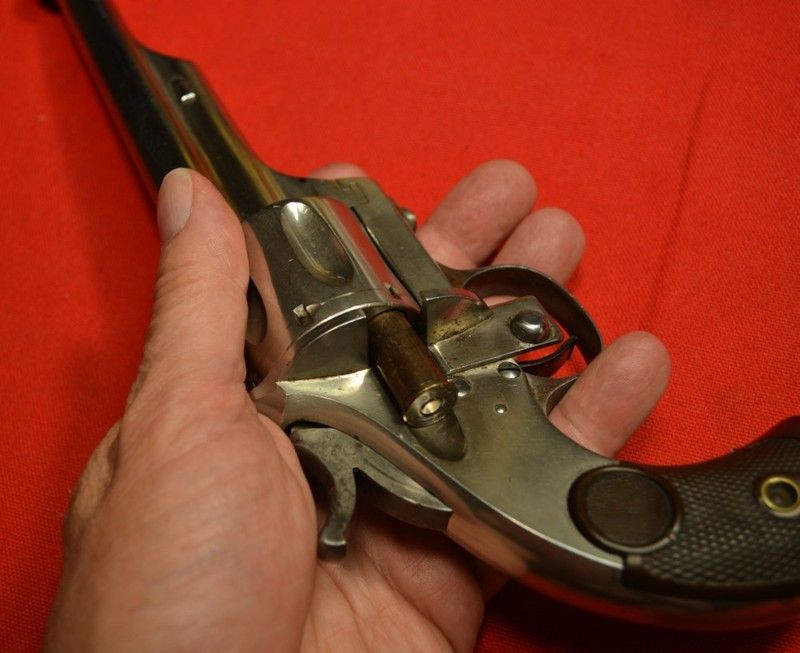Mike Irwin
Staff
Smith & Wesson made two breaktop models chambered for .32 centerfire cartridges other than the .32 S&W, but not the .32 S&W Long, both based on the New Model No. 3 revolver.
The first used the .32-44 cartridge. This was similar in size to the .32 Long, but was different enough not to be interchangeable and used a .318 diameter bullet.
http://picturearchive.gunauction.com/2834132313/8981057/dsc_0756.jpg_thumbnail1.jpg
The second was the S&W Revolving Rifle, essentially a long-barreled No 3 with a detachable shoulder stock, and chambered in the .320 Smith & Wesson cartridge with a slightly larger bullet and different case dimensions.
https://www.rockislandauction.com/blog/fantastic-flops-smith-wesson-model-320/
Neither cartridge is common, but I've got several .32-44 examples in my collection, and I've never even seen a .320 cartridge.
The first used the .32-44 cartridge. This was similar in size to the .32 Long, but was different enough not to be interchangeable and used a .318 diameter bullet.
http://picturearchive.gunauction.com/2834132313/8981057/dsc_0756.jpg_thumbnail1.jpg
The second was the S&W Revolving Rifle, essentially a long-barreled No 3 with a detachable shoulder stock, and chambered in the .320 Smith & Wesson cartridge with a slightly larger bullet and different case dimensions.
https://www.rockislandauction.com/blog/fantastic-flops-smith-wesson-model-320/
Neither cartridge is common, but I've got several .32-44 examples in my collection, and I've never even seen a .320 cartridge.
Last edited:

